How much do LED lights save per month?
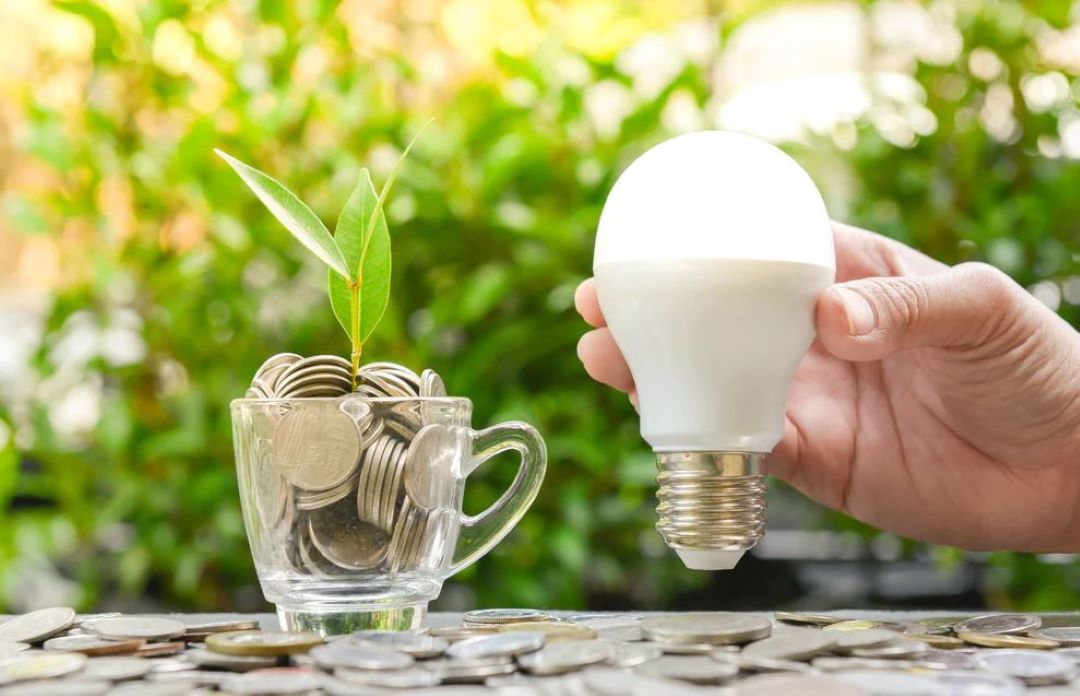
A light emitting diode (LED) light bulb saves approximately S$24.18 per month by consuming less electricity compared to traditional lighting technology. A typical LED light, including varieties like LED strip lighting and LED lamps, operates with greater efficiency than fluorescent lighting, resulting in substantial energy savings.
Though initial costs for LED products may be higher, LED strips and lamps, which are essentially light-emitting diodes, act as a more economical light source in the long term. Lighting up a room with LEDs, even with options such as warm white for ambiance, requires a fraction of the energy to produce the same amount of light. Exactly how much one saves can vary depending on the usage and the electricity rates, but LEDs generally lead to a lower monthly outlay for lighting.

How to calculate the energy and cost savings of LED lights?
To calculate the energy and cost savings of LED lights for average users in Singapore, one must consider the energy efficiency of LED light bulbs in comparison to traditional lighting options. LED lighting is renowned for its lower power consumption, which often translates to noticeable reductions in monthly electricity bills.
Homeowners switching to LED light bulbs can anticipate not just enhanced lighting quality but also long-term cost savings, all while contributing to a more environmentally-conscious lifestyle. Singaporean households, recognizing the benefit of these energy-efficient solutions, are increasingly adopting LED lighting for its economic and ecological advantages.
To summarize, calculating the exact savings from switching to LED lights is personalized and varies based on several factors. A homeowner's specific location, the size of the house, and the types of lights presently in use are all critical determinants. In this segment, we'll delve into the averages and provide a step-by-step guide to help you crunch the numbers tailored to your situation, ensuring you receive a realistic estimate of your potential monthly savings by making the switch to energy-efficient LED lighting.

Energy use of light bulbs across Singapore
The average energy use of light bulbs across Singapore is a critical factor for homeowners seeking to minimize their electricity consumption and energy footprint. Traditional incandescent light bulbs, which are being phased out due to their inefficiency, use significantly more electricity than their modern LED counterparts. Compact Fluorescent Lights (CFLs) and Halogen lights, while more energy-efficient than incandescent bulbs, still fall short of LED light bulb efficiency standards.
In Singapore, the adoption of LED lights has been encouraged to cut down on national electricity usage and to promote a more sustainable use of energy resources. Understanding the wattage (1000 Wattage = 1 kW) and operational hours of each light bulb type is essential for accurately assessing the potential energy and cost savings in a Singaporean home.
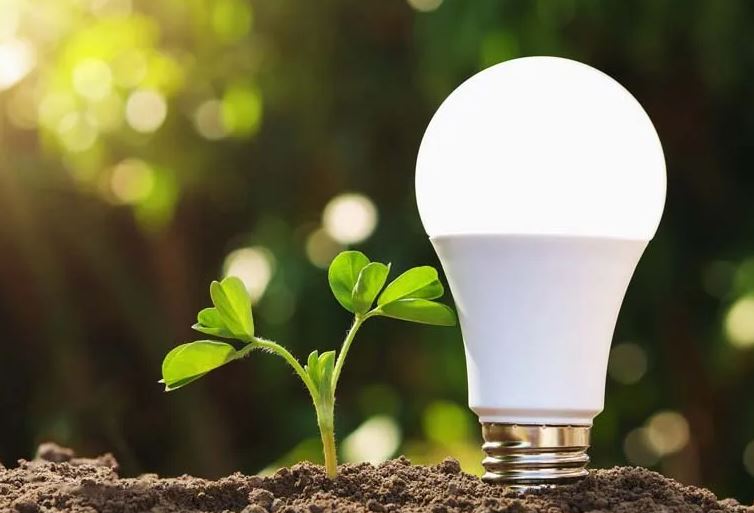
In an average Singaporean household, the number of light bulbs used can play a significant role in the overall energy consumption. The typical home in Singapore uses approximately 20 to 30 light bulbs, taking into account various rooms, outdoor spaces, and special areas requiring task lighting. This includes a mix of ceiling fixtures, floor lamps, and desk lamps that cumulatively contribute to the home's energy footprint. Transitioning these to LED bulbs or LED strip lights can lead to substantial energy savings and a significantly less electricity bill.
It's not just the reduced wattage per bulb that contributes to significant savings but also the lesser heat emission which can indirectly save energy and reduce air conditioning costs. The impact of changing all these traditional incandescent bulbs to energy-efficient LEDs is both financially advantageous and environmentally friendly, making it highly energy efficient for Singaporean homeowners.
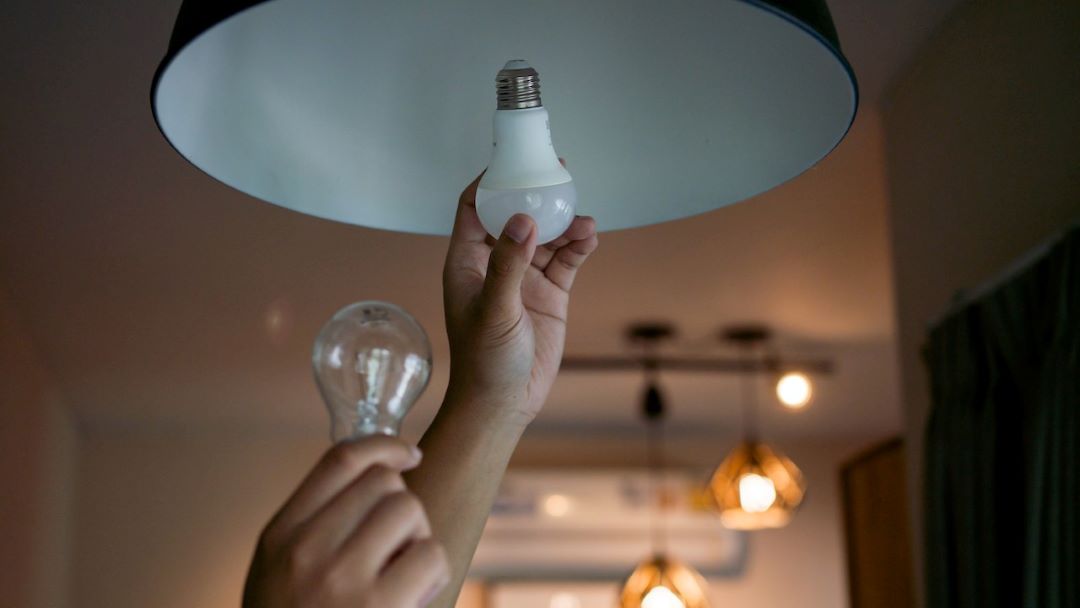
Energy use of light bulbs in each room of the house?
In an average Singaporean home, the living room often has the highest number of light bulbs, including ceiling fixtures and floor lamps that might be on for about 5 hours a day. Assuming each lamp has a 10-watt LED bulb, a living room with 6 bulbs would consume 0.3 kWh daily.
The kitchen, typically equipped with brighter ceiling lights and possibly under-cabinet lighting for tasks, might use these lights for 3 hours daily. With 4 LED bulbs at 12 watts each, the daily consumption would be 0.144 kWh.
Bedrooms may have subdued, ambient lighting, often left on for about 8 hours. If a bedroom has 4 LED bulbs at 8 watts each, the consumption would equate to 0.256 kWh per day.
Bathrooms, with usually high-wattage bulbs for clearer vision, might have lights on for 2 hours a day. With 4 bulbs at 10 watts each, the daily energy usage would be 0.08 kWh.
Dining areas with a combination of overhead and possibly accent lighting generally remain lit for about 3 hours daily. For a dining room with a 6-bulb chandelier with 8-watt LEDs, the daily consumption would be 0.144 kWh.
Home offices or study areas might use their lights for about 5 hours with 2 LED bulbs at 10 watts each, amounting to 0.1 kWh of daily energy use.
Outdoor and special areas like corridors or utility rooms generally have lights on for longer due to security or necessity. If outdoor spaces have 4 LED bulbs at 10 watts each running for 10 hours, it would result in 0.4 kWh daily usage.

How to calculate your potential savings?
To calculate your potential savings from using LED lights over traditional bulbs, simply multiply the number of bulbs used and their wattages by the number of hours you use the lights each day, and by the cost of electricity per kilowatt-hour (kWh) in your area. This will give you a clear estimate of the monetary savings on your energy bill, not to mention the long-term environmental benefits due to reduced energy consumption.
It's important to understand how much energy is consumed by each type. A lot of electricity can be wasted by conventional incandescent lighting, which converts less than 5% of the energy they use into visible light. On the contrary, you need to understand an LED light offers far greater energy efficiency, turning about 95% of the energy into light.
How much energy do LED lights use? By comparing the LED power consumption with that of an incandescent bulb—the latter often having a much higher wattage for the same light output—one can easily see the reduction in the energy bills. Given that LEDs last longer as well, the savings extend beyond just the daily usage to the longevity of the light bulb itself. Transitioning to LEDs from traditional bulbs could result in substantial savings in households that currently use a significant amount of incandescent lighting.
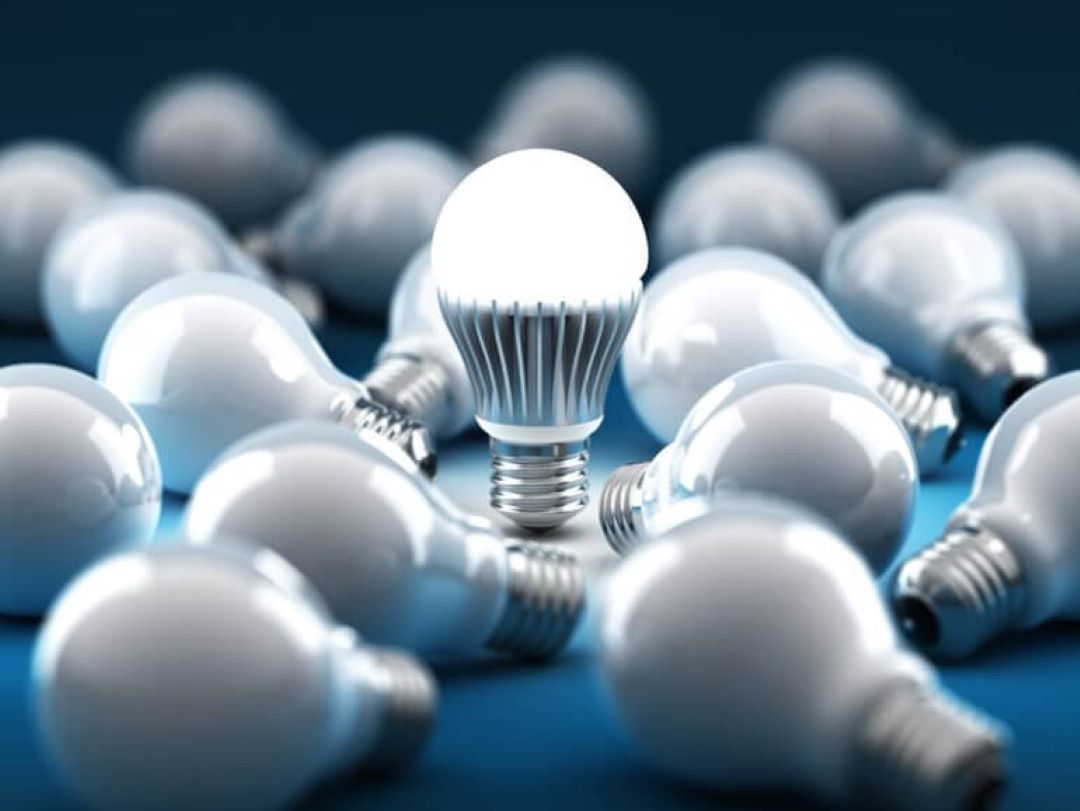
How much power do LED lights use? To further clarify how to calculate power consumption, let’s consider LED bulbs with different wattages: 5 watts, 10 watts, and 100 watts. Here's how much power each LED bulb would consume per hour:
- 5-Watt LED Bulb: Consumes 0.005 kilowatt-hours (kWh) per hour. 5 watts x 1 hour = 5 watt-hours / 1000 = 0.005 kWh
- 10-Watt LED Bulb: Consumes 0.01 kilowatt-hours (kWh) per hour. 10 watts x 1 hour = 10 watt-hours / 1000 = 0.01 kWh
- 100-Watt LED Bulb: Consumes 0.1 kilowatt-hours (kWh) per hour. 100 watts x 1 hour = 100 watt-hours / 1000 = 0.1 kWh
Note that the power consumption is directly proportional to the bulb wattage: the higher the wattage, the higher the electricity usage per hour. However, even the most energy-consuming LED bulb in this list is significantly more energy-efficient compared to traditional incandescent bulbs of comparable brightness.
To further illustrate the cost savings when switching from incandescent bulbs to LEDs, consider the comparison of a 60-watt incandescent bulb to a 10-watt LED bulb, both offering similar brightness. Suppose both types of bulbs are used for an average of 6 hours per day:
- 60-Watt Incandescent Bulb: Consumes 0.36 kilowatt-hours (kWh) per day. 60 watts x 6 hours = 360 watt-hours / 1000 = 0.36 kWh
- 10-Watt LED Bulb: Consumes 0.06 kilowatt-hours (kWh) per day. 10 watts x 6 hours = 60 watt-hours / 1000 = 0.06 kWh
Assuming the cost of electricity is S$0.22 per kWh, for one bulb, the incandescent bulb costs about S$0.0792 per day to operate, while the LED bulb costs only S$0.0132 per day. Over the course of a year, one LED bulb offers a saving of approximately S$24.18 in electricity costs alone. Given the average lifespan of an LED bulb is significantly longer than that of an incandescent bulb, the total savings when factoring in replacement costs are even more dramatic. Based off this explanation, we hope you can understand why LED bulbs save a lot of electricity.
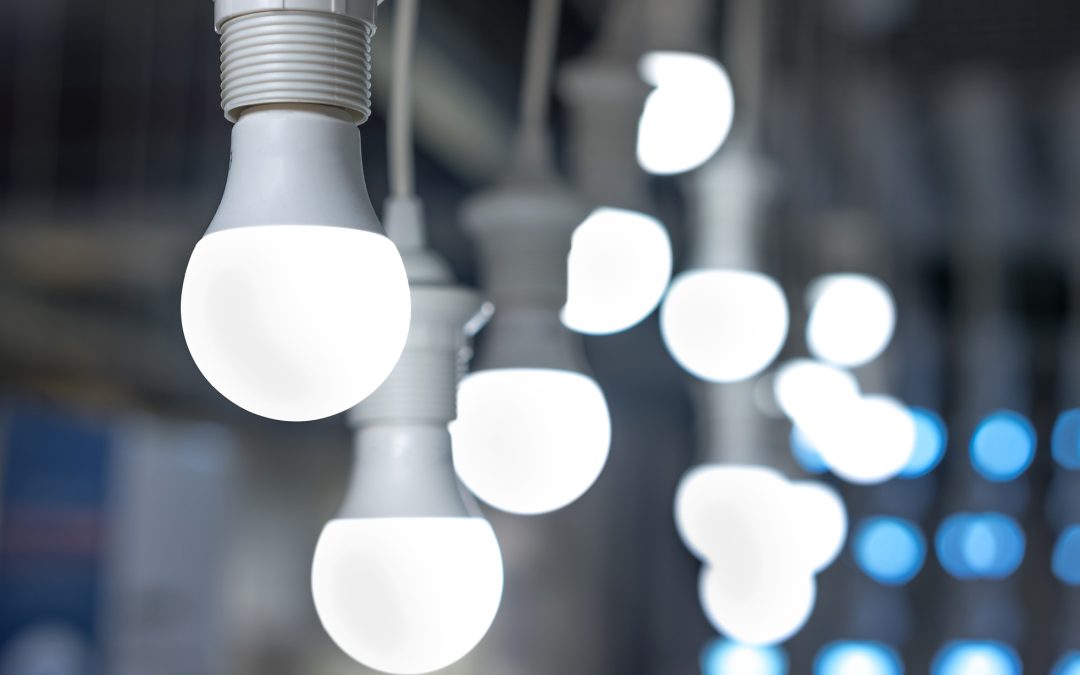
How bulb lifespans affect costs and savings?
Bulb lifespans affect costs and savings namely by reducing the frequency of replacement bulb purchases and decreasing the energy consumed over time.
Incandescent lights, while cheaper initially, produce low heat output and therefore expend a lot of energy as very little heat. In contrast, LED technology is designed to generate less heat, meaning that LEDs operate at a lower temperature, which contributes to their longer lifespan. This inherent efficiency of LEDs means that not only are they saving money on monthly energy bills, but their long lifespan also leads to fewer purchases of replacement bulbs.
For consumers, the extended periods between changing LEDs offer several advantages over traditional incandescent bulbs: cost-effectiveness, less maintenance, and a greener profile due to reduced energy consumption and waste.
Do LED lights really save money?
Yes, LED lights really do save money. LED technology is designed to be highly efficient, requiring less electricity to produce the same amount of light compared to traditional bulbs. Replacement bulbs for LEDs are needed less frequently due to their long-lasting nature.
Since LEDs generate very little heat, they waste less energy, resulting in lower electricity bills. This reduced power consumption directly translates to savings over time, offering consumers a cost-effective and sustainable lighting option.
Did you bought new LED lights, but they stopped working all of a sudden? Check out these 23 common problems with LED lighting in 2024 and how to troubleshoot them.
How much does it cost to run LED lights for a month?
To run LED lights for a month, it costs roughly S$0.45 per bulb per month. This is substantially less than traditional bulbs, particularly in terms of electricity usage.
Assuming an average LED light consumes approximately 10 watts and is used for 5 hours a day, the monthly electricity consumption would be around 1.5 kilowatt-hours per bulb. In Singapore, where the average electricity rate is about S$0.30 per kilowatt-hour, this translates to S$0.45 per bulb per month.
To understand how many Watts is needed for LED light in HDB bedrooms, read our HDB home lighting guide Singapore.
By utilizing LED technology, homeowners benefit from saving money due to the lights' efficiency and less heat generation, contributing to lower electricity bills. This cost-saving advantage becomes apparent when compared to traditional incandescent bulbs, which consume far more energy.
Furthermore, the extended periods between replacements enhance LED lights' appeal as an economical and environmentally friendly light source.
Does LED lights increase electric bill?: LED Light Bulbs Energy Usage Debunked
No, LED lights do not increase your electric bill. In fact, the integration of LED technology offers several advantages, primarily seen in their reduced electricity usage compared to traditional lighting.
LEDs are incredibly efficient, consuming far less energy per kilowatt hour than incandescent or fluorescent bulbs.
This efficiency translates directly into lower electric bills, as less power is required to achieve the same level of brightness.
The advanced design of LEDs allows for optimal energy use, making them a cost-effective choice for both homeowners and businesses seeking to minimize energy expenses while maintaining a well-lit environment.
How much does it cost to leave an LED light on all day?
To leave an LED light on all day, it costs approximately S$0.144, assuming an average electricity price of S$0.21 per kWh and a 10-watt LED bulb.
With the high efficiency of LEDs, they consume significantly less electricity than traditional bulbs, resulting in minimal impact on monthly expenses even during extended periods of use.
This makes LEDs a cost-effective choice for those conscious of their energy consumption and looking to maximize savings over time.
Apart from using LED lights for increased potential savings, you can also save up more with DIY LED ceiling light installation! Check out our DIY article on how to install LED ceiling lights in Singapore.